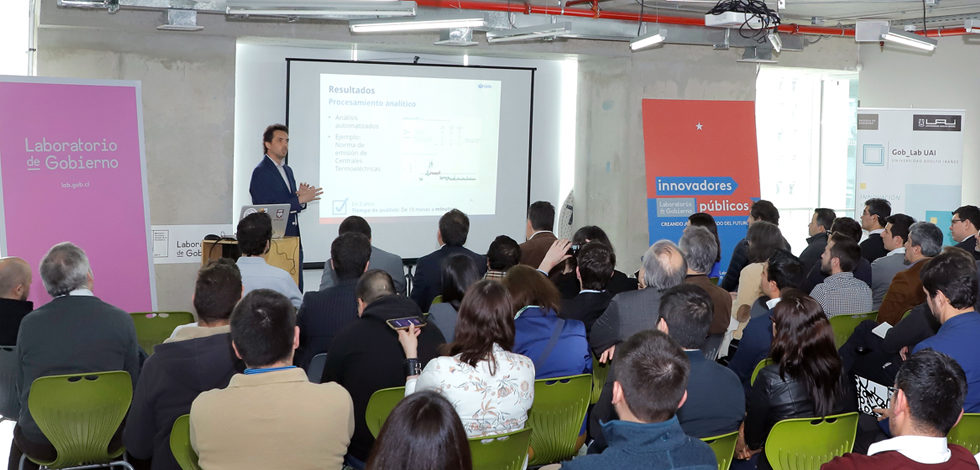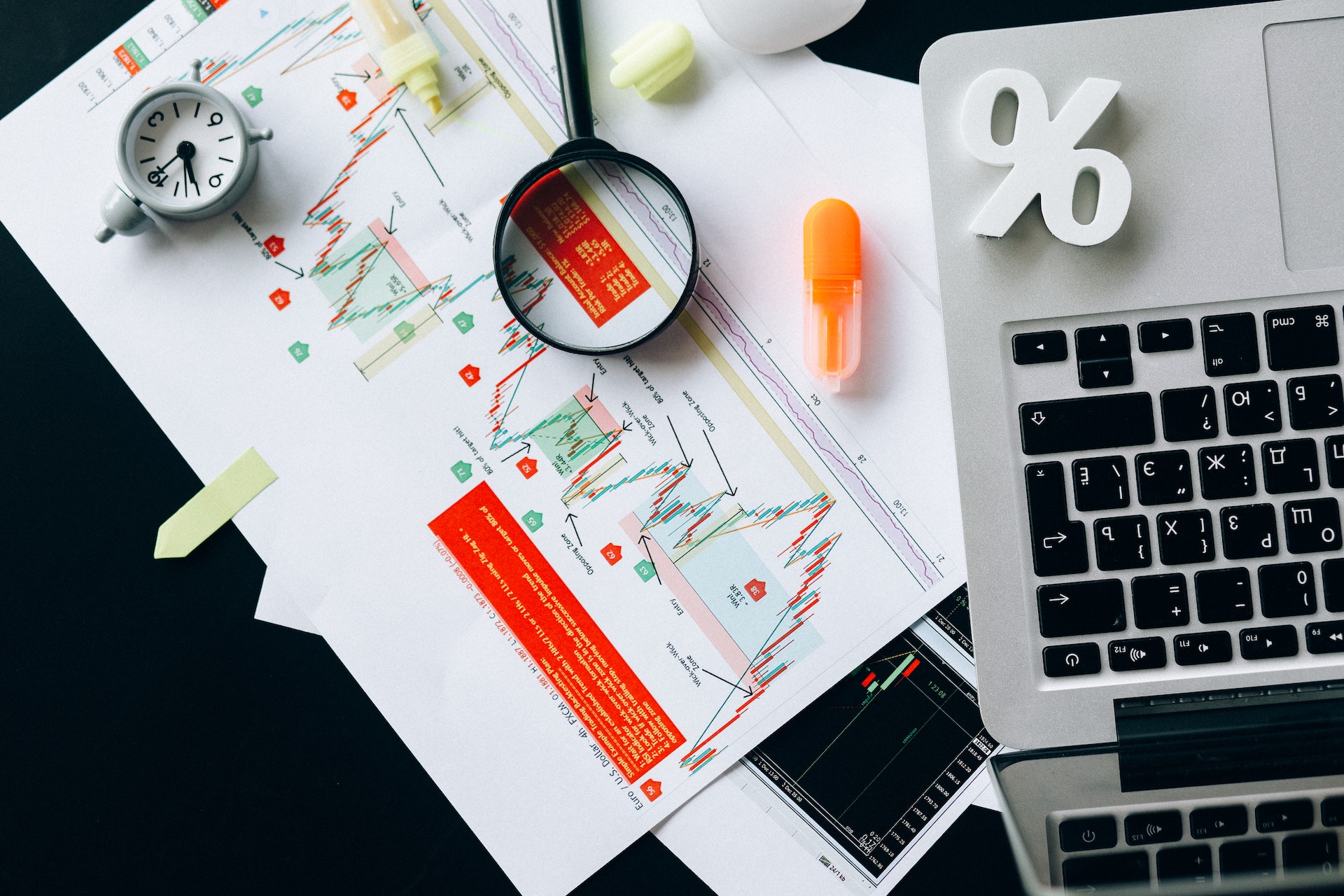
In the framework of the annual meeting of the InnoLabs Network in Rosario, Argentina, the director of the GobLab UAI, María Paz Hermosilla, gave the workshop “Data Science for Public Policies”
How to use R Programming?
September 2, 2019
Based on the experience of digital transformation and data use that has been developed by the Superintendency of the Environment (SMA) – through the Department of Information Management (DGI) -, the Innovation Laboratory attached to the Government School, GobLab UAI, made a talk attended by about seventy public officials to review the use of the programming language R for the generation of reports and / or automatic reports.
The activity was presented by Pablo Aguirre, Business Intelligence and Data Science Consultant of the SMA and Sebastián Elgueta Head of the Information Management Department of the same Superintendence, who showed the different phases in the process of generating automatic reports / reports with R, which include: data import (from spreadsheets or database engines); information ordering; indicator display; definition of document format; and final impression.
Aguirre, who is an academic of the Introduction to R Course for Social Sciences of UAI Online, details that during the talk two central topics were touched: First, a presentation on the process of digital transformation that the Superintendence of Environment has experienced during the last years and, secondly, a presentation and demonstration of how the R language can allow to automate repetitive tasks such as reports or minutes through a real example implemented in the SMA.
For its part, the Business Intelligence and Data Science Consultant at SMA presented a brief introduction on R (programming language) and RStudio (graphical interaction interface with R) to then show the general characteristics of R Markdown “which is the environment that allows us to generate automatic reports ”.
Then, Aguirre maintains, through an example of an automated document created for the Superintendency, “we go through the different parts of the process of document automation: data import, data management, graph and table generation, parameter definition, format of the document, and final generation ”.
For the speaker, the result of this talk was very positive, since beyond the high attendance – of people who came from different areas / positions -, there were very good questions and comments: “This confirms that the structure of the talk ( strategy and experience of the institution in digital transformation, and an example of a technical case) allowed to cover the needs / interests of a heterogeneous audience ”.
Likewise, the Business Intelligence and Data Science Consultant at SMA maintains that “it is always good to be able to hear about the path others have traveled in order to extract lessons learned” and that in that sense, the experience of Sebastián Elgueta raised the interest of many people who are leading, participating or wanting to implement digital transformation processes.
On the other hand, Aguirre comments that in the most technical part, it is also positive to see how certain technologies are implemented in practical cases within the work environment: “You can see how real-life difficulties are overcome, as well as see the interaction between different technological platforms that coexist in the work environment ”.



